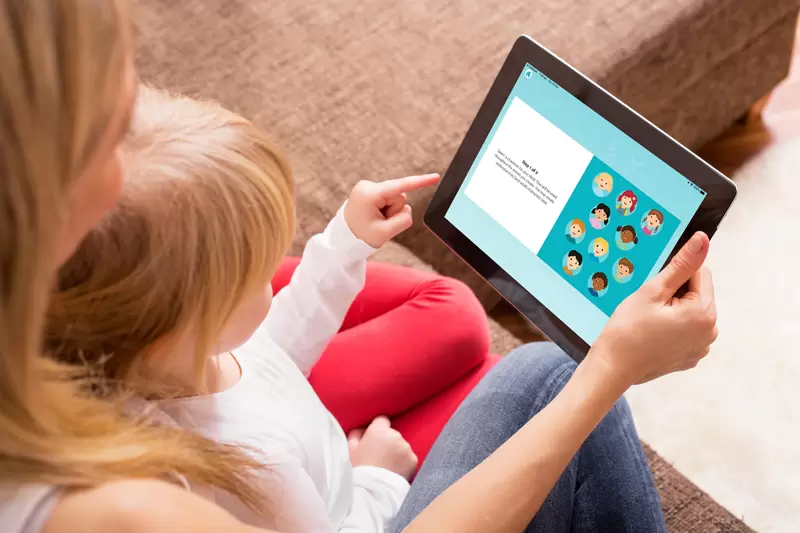The concept of teaching through social stories was originally developed to assist children with anxiety and autism but has been expanded as a useful tool for all children faced with change.
Social stories are brief descriptions of a particular situation, event, or activity, which include the perspective of those involved. The use of social stories has been found to be an effective way to teach children about expected behaviors and social norms.
I’ve outlined the steps below for creating your own Social Stories.
Choose a single goal
Each story should have only 1 focus. This may be a single event, a certain behaviour or situation. Be clear in your own mind about the point of your story.
Keep it short
Short sentences ensure clarity. Short stories, especially around tricky issues, make it easier to keep children engaged. Once you’ve made your point, the story is done. You can spend time discussing the issue after you’ve finished the story, but don’t make the story itself too laborious.
Add colour with detail
Small details that resonate with your child will keep your story lively and engaging. They can also add humour. For example, if your child’s teacher has a friendly quirk – a big smile, towering height, heavy eyeliner or a past life as an engineer – include this in your story. When I introduced my son to his teachers in story form, I wrote “Mr Squiggle is the art teacher. He is good at building tall sculptures as he used to be an engineer.”
Ensure accuracy
This is essential! Accuracy builds trust and ensures you stay on topic. No doubt your child will pull you up on incorrect details – but this will derail the story. Worse, if your story is incorrect, you risk losing your child’s confidence.
Introduce emotions
But, never state how your child or others will feel. You might say “some kids feel nervous when”… Or “mum thinks my teacher will be happy if…”. Acknowledging tricky feelings is important, but you cant assume anything! Leave a lot of wriggle room eg “I might have some jiggly feelings..”
Write from the first person
Eg My name is [child’s name]. I am 4 years old.
Don’t give false reassurance
You can’t promise a teacher is kind if you have never met them or that a party will be fun. Its more honest to say – “mum thinks the teacher is really kind” or “Mum has heard that the teacher is really kind” or even “mum and I hope the teacher will be really kind”


